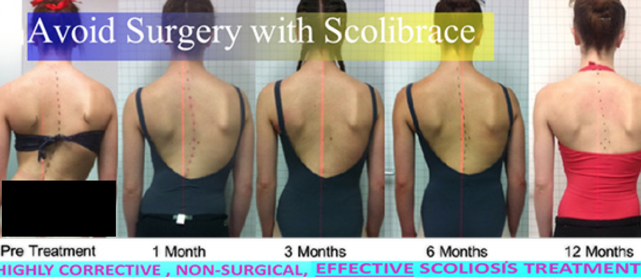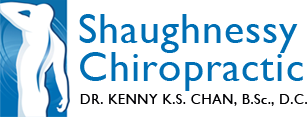Scoliosis Treatment Without Surgery

Scoliosis is a disorder that causes an abnormal curve of the spine. It is about two times more common in girls than boys. It can be seen at any age, but it is most common in those over 10 years of age.
Early detection is the key. All children should be checked by the time they are 8 to 9 years of age. This should be done by a qualified professional who understands the deformity and how it forms. Many parents have been told that simple exercise like swimming will help, or that simple, non-specific treatment can correct the curvature. The truth is, swimming and other non-specific exercises and treatments do not correct scoliosis! In fact, it allows the scoliosis to progress because, essentially, the scoliosis remains untreated. Furthermore, many health professions do the “wait and see” approach because they do not know how to treat it. Eventually, if the magnitude of the curve progressed enough, it is than treated with surgery.
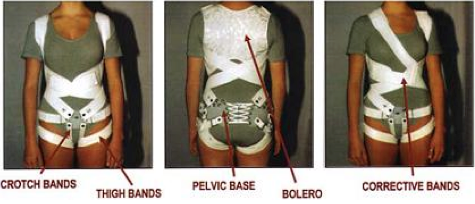
In treating scoliosis, there are two different type of bracing systems.
SpineCor Brace
SpineCor, a flexible brace, is effective for the treatment of scoliosis with moderate curves that are less than 35 degrees. After 20 years of clinical research and trials, a flexible dynamic corrective brace and treatment was developed by SpineCor. It is now rapidly being made available to patients around the world. SpineCor is the first and only dynamic corrective brace for scoliosis. This is a flexible brace and very comfortable to wear.
SpineCor uses a dynamic, flexible belting system that does not limit normal body movements. The patient is allowed and encouraged to do all normal daily activities, thus preventing atrophy of the spinal muscles. In addition to allowing a total freedom of movement, the SpineCor Brace is also cooler to wear, can be worn inside clothing (better cosmesis) and has shown to be effective in 89% of cases (either by stabilization or improvement in (Cobb) angle of the curve).
Sharon Dunn was a former news anchor with CBC Halifax and a celebrity columnist and interviewers with the National Post. She is currently a writer living in Toronto, Ontario and has two sons. Her story, ‘Amazing Brace’ about her son’s scoliosis in Maclean’s, January 2008, was a finalist in the Health and Science category for the 2008 National Magazine Awards. Her story, written from a parent’s perspective, struck a chord with many anxious and confused parents who are themselves agonized by their children’s scoliosis.
Read More About Sharon Dunn’s Scoliosis Brace
Case Studies/Before Scoliosis Treatment
This case study follows the treatment of an juvenile female patient with idiopathic scoliosis whose initial presentation at 9.5 years and Risser 0 was with a 36º right thoracic curve.
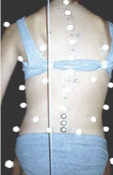
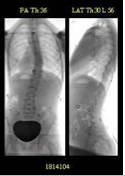
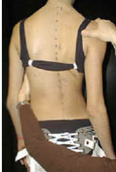
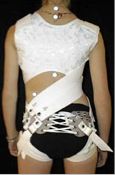
Treatment Review
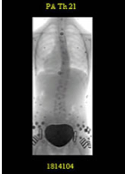
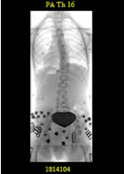
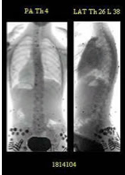
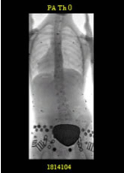
Scoliobrace
The other type of bracing system for more severe curves (30-60 degrees) is a hard brace called Scolibrace. ScoliBrace is a new and a unique scoliosis bracing method using the best corrective principles from other current bracing methods. Used in conjunction with 3D imaging software, BraceScan, scans of the patient are taken and the brace is customized to fit their unique measurements and needs.
Correction is best made by holding the body in an opposite over-corrected position (mirror-image) while the spine continues to grow and mature. This allows the deformed vertebra to literally grow towards a normal posture again. As it does so, the spine literally grows towards normal. ScoliBrace maximizes the corrective position during treatment.
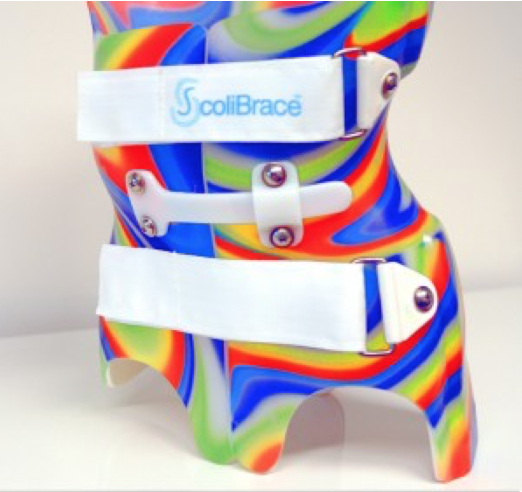

Patient with a right Thoracic curve in a 3D scan
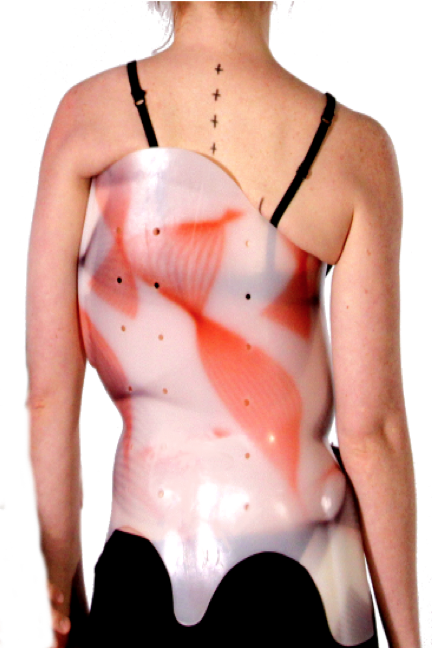
The braces are created from 3D images of the patient and customized to their specific measurements and needs. The 3D picture of the spine, allows the Scolibrace manufacturer to “see” the spine in a topographical way. This allows the Scolibrace to be made exactly for the patient’s posture and spine in a mirror image position. No two braces are alike! Each brace is made exactly to the specific deformity of the patient. By positioning the body and spine in their over-corrected or mirror image position, the ScoliBrace can have a super-corrective effect. Curve reductions are achieved in the majority of case, as well as improvements to rib humping, shoulder level and the overall appearance of the body.
